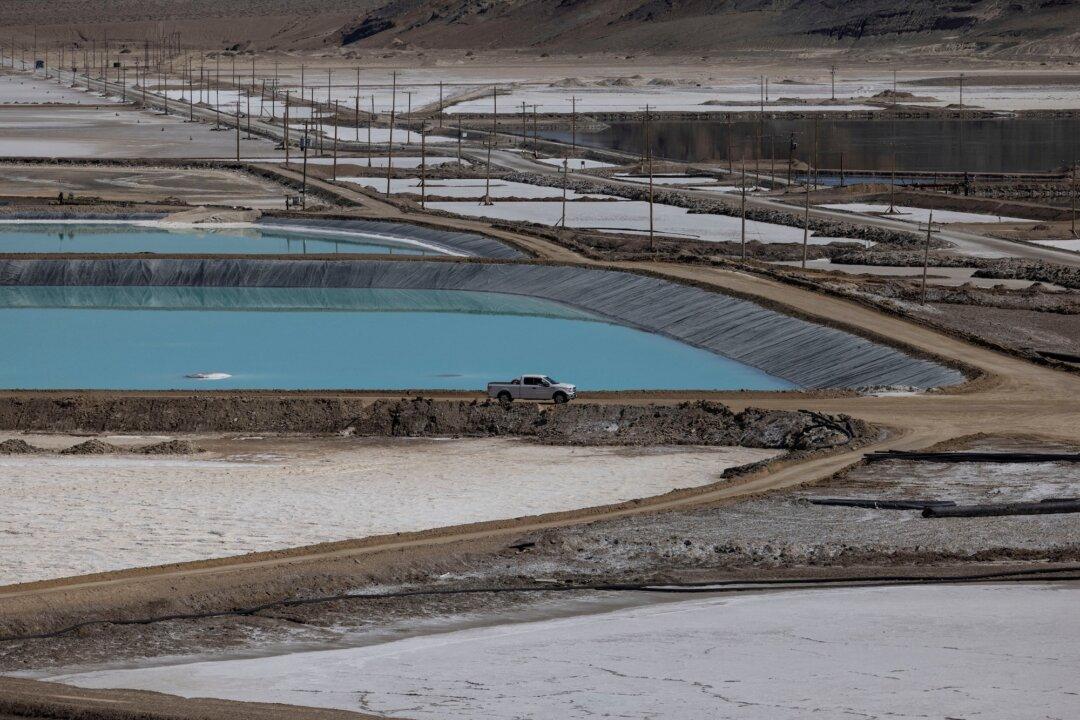President Donald Trump on April 21 ordered that U.S. flags fly at half-staff to honor Pope Francis, who died earlier in the day at age 88.
“As a mark of respect for the memory of His Holiness Pope Francis, by the authority vested in me as President of the United States ... I hereby order that the flag of the United States shall be flown at half-staff at the White House and upon all public buildings and grounds,” Trump wrote.
The order extends to military posts and naval vessels, as well as U.S. embassies and diplomatic offices abroad, and will remain in effect until sunset on the day of the pope’s interment. No funeral dates have yet been released by the Vatican.
“Rest in Peace Pope Francis! May God Bless him and all who loved him,” he wrote.
At a press briefing on Monday, White House press secretary Karoline Leavitt said the president has no travel plans to attend the funeral “at this time,” but added that “doesn’t mean it’s not happening.” She said the Trump administration is “praying for the millions of Christians around the world who love the Pope and admire him.”
Cardinal Kevin Farrell, the Vatican’s camerlengo, announced the pope’s death and is overseeing funeral arrangements, which include the destruction of Francis’s papal seal and a simplified burial rite in accordance with reforms the pontiff initiated before his death. His body will be laid to rest in the Basilica of St. Mary Major, not St. Peter’s Basilica, breaking with recent tradition.
U.S. Vice President JD Vance, who met with the pope on Easter Sunday, recalled a homily Francis gave during the COVID-19 pandemic as “really quite beautiful.”
German Chancellor-designate Friedrich Merz praised Francis’s “tireless commitment to the weakest in society,” while Israeli President Isaac Herzog remembered the pope as a man of “boundless compassion” who built bridges with the Jewish world.
Pope Francis served in the role for 12 years, becoming the first Jesuit and the first non-European pontiff in more than a millennium. His papacy was defined by a call for global solidarity with the poor, environmental stewardship, and greater tolerance toward illegal immigrants and LGBT individuals.
His reforms, however, were not without controversy. While he reaffirmed core Catholic teachings on abortion, the male-only priesthood, and marriage as between a man and a woman, he took a less traditional approach on other things. Some of his teachings—such as encouraging blessings for same-sex couples, opposing U.S. policy on border protection and illegal immigration, and criticizing capitalism—sparked backlash from conservative Christians, particularly in the United States, where some labeled him a Marxist.
As the Vatican enters a period of mourning and prepares for the pope’s funeral, attention is beginning to turn to the conclave, where the College of Cardinals will gather to elect his successor.







